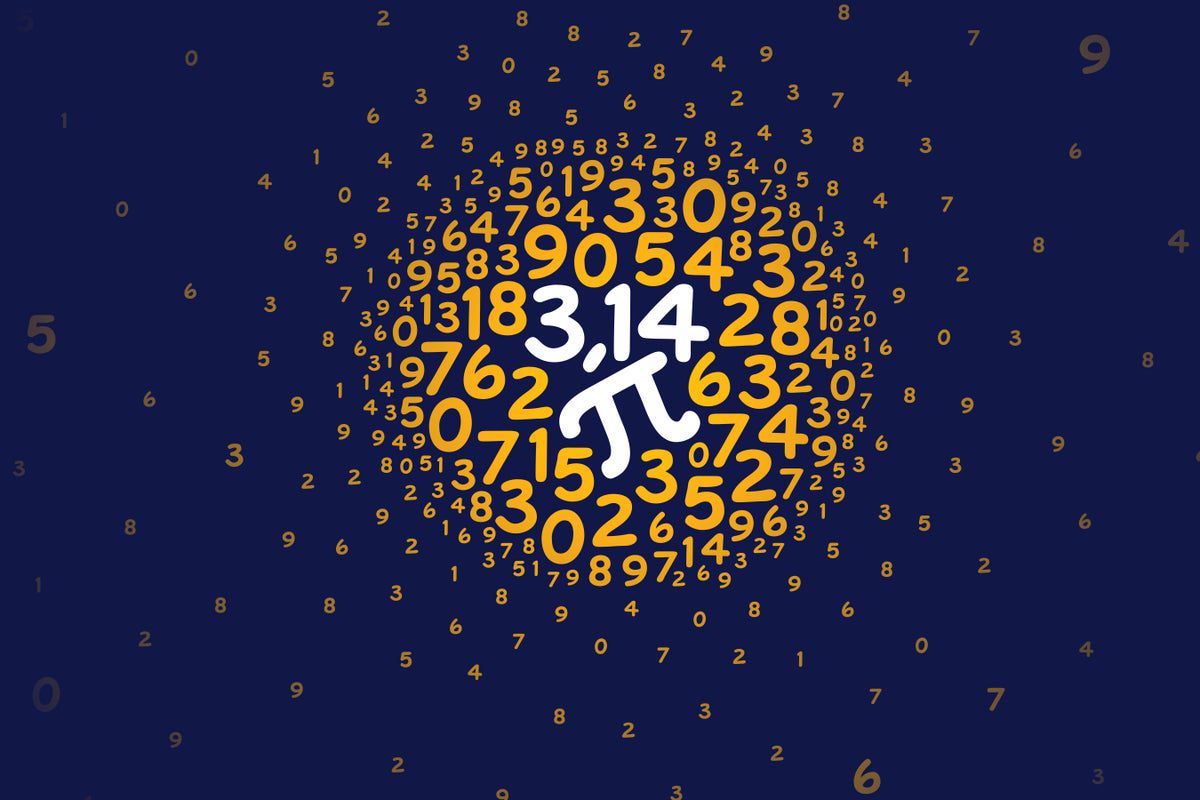from cm0002@lemmy.world to science@mander.xyz on 07 Aug 2025 22:42
https://lemmy.world/post/34111390
In January 2024, physicists Arnab Priya Saha and Aninda Sinha at the Indian Institute of Science discovered a new formula for calculating pi while studying string theory interactions[^1]. Their research, published in Physical Review Letters, presents a series representation that converges much faster than historical methods - requiring only 30 terms to reach 10 decimal places, compared to 5 billion terms needed for the 15th century Madhava series[^1][^2].
The formula emerged unexpectedly while the researchers were developing models to understand quantum particle scattering using string theory, which treats fundamental particles as tiny vibrating strings[^1]. “Our efforts, initially, were never to find a way to look at pi,” said Sinha. “We were excited when we got a new way to look at pi.”[^3]
The discovery has sparked debate in the mathematics community. While some highlight its theoretical significance, others like mathematician Peter Woit argue the findings have been over-hyped in media coverage[^4]. The formula’s key innovation is a free parameter λ that allows for infinitely many representations of pi, with Madhava’s historical series emerging as a special case when λ approaches infinity[^1].
[^1]: Scientific American - String Theorists Accidentally Find a New Formula for Pi
[^2]: Physical Review Letters - Field theory expansions of string theory amplitudes
[^3]: IISc - IISc Physicists Find a New Way to Look at Mathematics’ Pi
[^4]: Columbia Math - Latest Breakthrough From String Theory

threaded - newest
So in other words, they discovered a more complex starting point from which to observe pi.
No, simpler. Less terms = less calculations, right?
Less calculations from a more complex starting point. They’ve done the heavy lifting so the calculations don’t have to.
Oh I follow now, thanks.
It should be noted that it's using fewer terms than the Madhava series, which was discovered 600 years ago. It doesn't use fewer terms than our modern ways of finding pi. Like we have one now that, in only 20 steps, gives you a trillion digits of pi